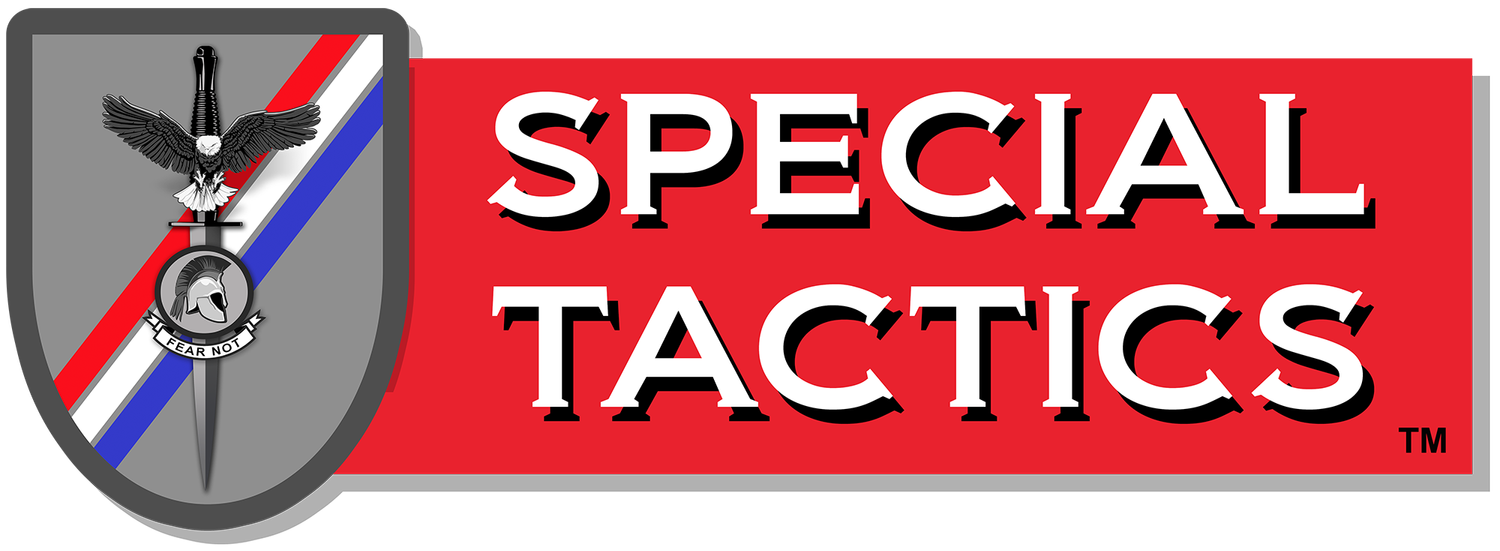Singleton CQB: Active Shooter and Sniper Response
This short article is taken from our Single-Person CQB Online Course and companion book. It provides a brief discussion of how to employ the principles of Single-Person CQB tactics when faced with an active shooter (deadly attacker) or sniper attack. We welcome your reactions, comments and ideas on our Facebook page and if you like the article, click below to check out our free preview of the Single Person CQB Online Course.
Unfortunately, deadly attacker (active shooter) situations are becoming more and more common. Most deadly attackers are perpetrating acts of terrorism, are very committed, ready to die and seek to cause maximum death and destruction. A deadly attacker situation is one of the most dangerous situations you can face as a civilian. It is also important to realize that the term “active shooter” can be misleading since in some recent attacks, terrorists have killed large numbers of people with knives, cars or other deadly weapons. Therefore, while most of this section deals with a shooter, be aware that deadly attackers can use a wide range of weapons.
As soon as you hear shots fired, do not look around for the shooter. Immediately drop to the ground and take cover behind something solid. If possible, do not attempt to hide behind bushes, small trees, wood, drywall or other flimsy materials. Bullets will pass right through these objects. Instead, pick something big and heavy made of steel, concrete, rock or earth like a stone wall, vehicle engine block or wheel well. However, don’t waste time looking for the perfect piece of cover, look for the closest covered position.
Once you are behind cover, look around and try to evaluate the situation. Don’t be in a rush to draw your weapon. If you draw your weapon, you run the risk of being shot by first responders or other armed citizens who mistake you for the shooter in the stress of the situation. One thing that can help solve this problem is carrying a very small, lightweight fluorescent vest on your person. Once you are behind cover, don the vest as quickly as possible. The vest will cause you stand out and make the police think twice before shooting you. There is also little risk of criminals or terrorists wearing orange vests to fool the police.
Whether or not you have an orange vest available, still make an effort not to get shot by police or armed citizens. The best way to do this is keep your weapon holstered until you identify the shooter and have a clear shot. While you are doing this, look around and try to identify any police or armed citizens around you. People on your side who are in the fight will have different posture than people who are terrified or fleeing for their lives. If you see a fellow citizen, hiding behind cover with a weapon unholstered, call out to him or her and identify yourself as a “good guy.” Try to link up with other armed citizens so you can fight as a team from behind cover and don’t accidentally shoot each other. If you eliminate a threat, be prepared to re-holster your weapon or even raise your arms if police or citizens challenge you.
If you have to move in the open, move as quickly as possible in a dead run. Do not look down your weapon sights as you are running since shooting accurately on the move is very difficult. It is better to sprint as fast as possible to a covered position, then bring your weapon up to shoot from a more stable platform.
Sniper Attack
Sniper attacks are different than an active shooter and require a different response. A sniper fires precision shots from a distance, usually from a concealed position. This means that a sniper is much more difficult to spot and engage with a small weapon like a concealed pistol. Once you hear shots, immediately drop to the ground and crawl to cover. If the shots are spaced out, accurate and you cannot see the shooter, it is probably best to remain in place and take cover. Leaving your covered position and attempting to go after the sniper with a pistol would offer a low chance of success.
We hope you found the short article useful and once again we welcome your reactions, comments or suggestions on our Facebook page where we frequently hold constructive discussions on tactics with people from various tactical backgrounds and experience levels. Also, click above if you would like to check out the first two modules of our online course for free.

